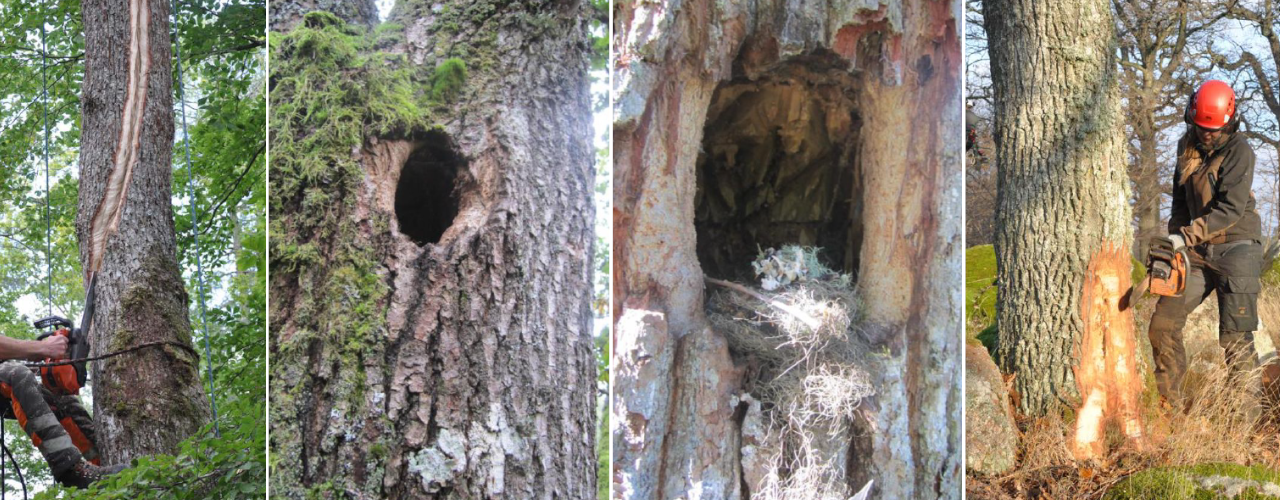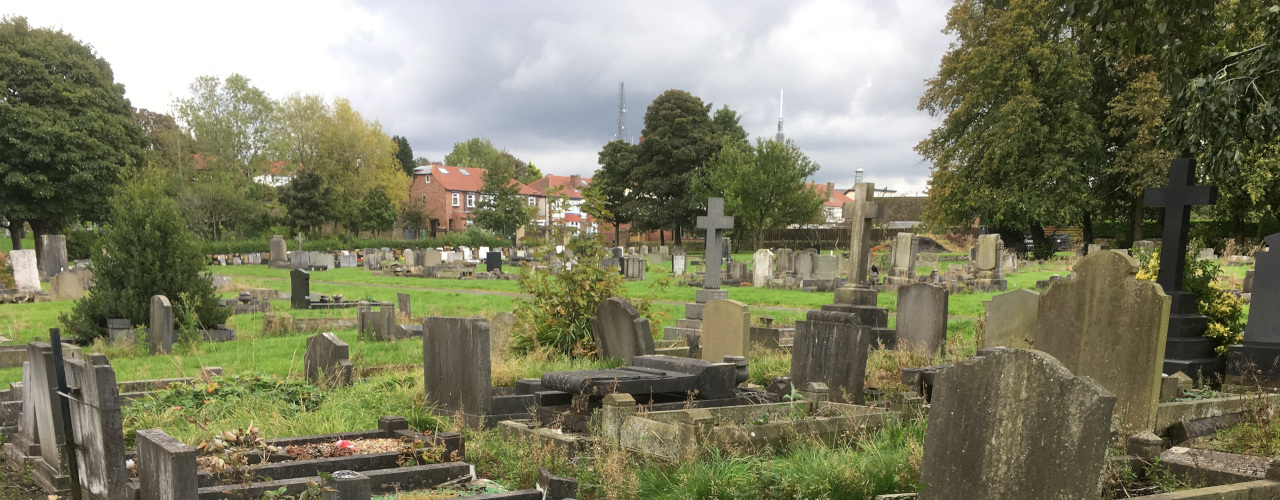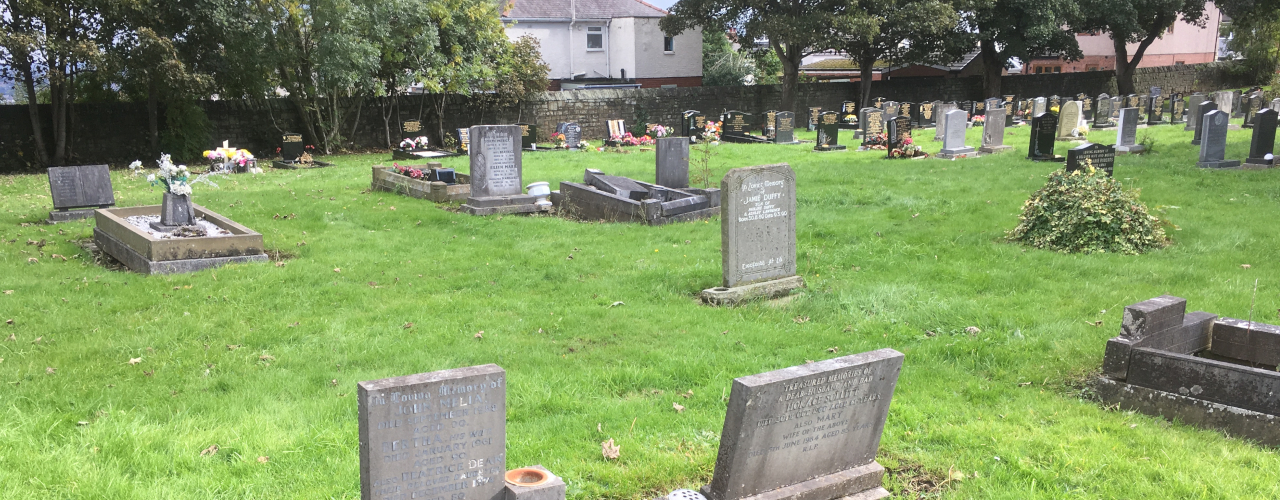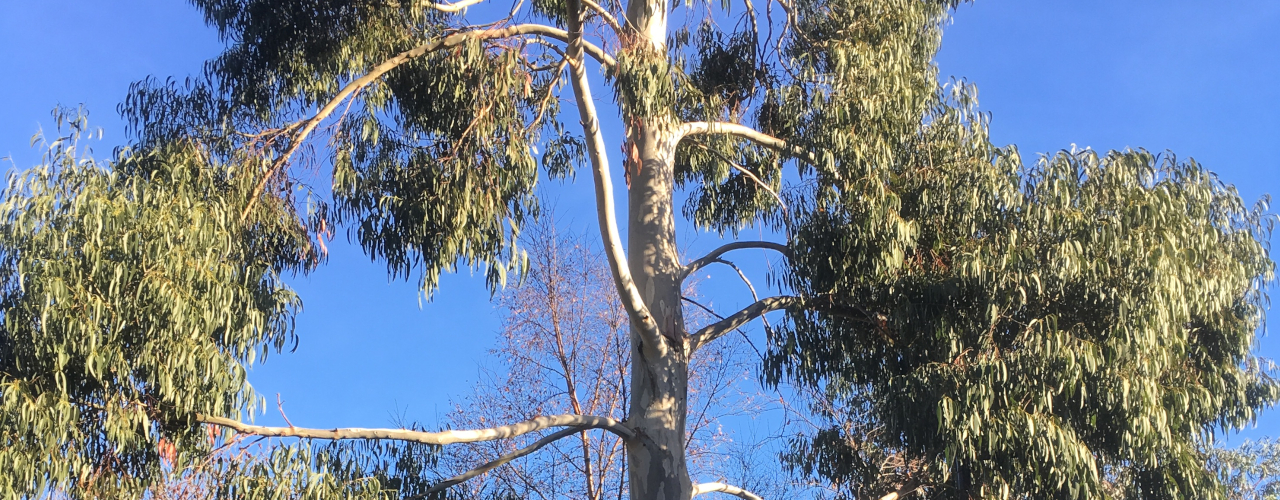Woodland Maintenance for Biodiversity (Part 2) - Actions
Specific maintenance actions can help improve biodiversity in low diversity woodlands by generally increasing species, age and structural variety within the woodland itself.
The following actions may be suitable for a site such as the Ponderosa woodland (discussed in previous post) or similar sites suffering from a general lack of biodiversity. Actions may include:
1. Understorey/Ground Layer Creation:
- Would involve establishing forbs (non-grass herbaceous species) within the ground layer in open areas with light shade
- Could be established by a mix of seed sowing and planting (of containerised plants) to maximise chances of establishment
- Select species with some shade tolerance
Rationale:
- Increased shelter and food opportunities for ground fauna, including insects, pollinators and small mammals
- Reduced opportunities for growth of vigorous, low diversity species
- Increased visual interest
When/frequency:
- Autumn-winter (non icy conditions), year 1
- Could be repeated following each coppice cycle (e.g. every 5 years - assuming evaluation of success of previous planting)
Where:
- Open areas of woodland (e.g. recently coppiced areas)
2. Rotational coppicing
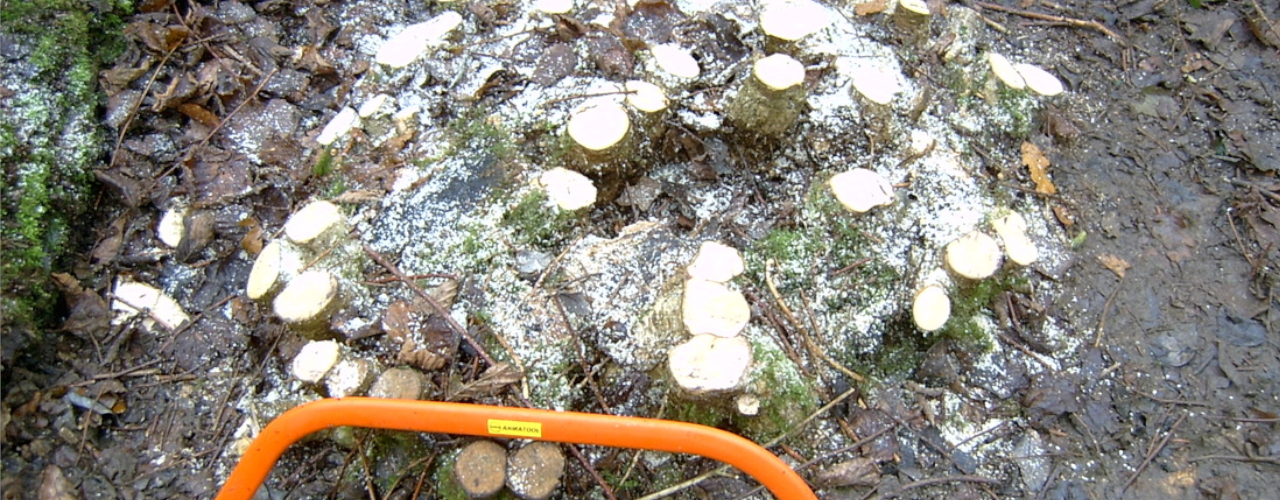
- Would involve cutting trees close to the ground for them to regrow with additional shoots from its base
- Rotational coppicing means only a specific % of woodland is to be coppiced at any one time
- Favours species tolerant to coppicing (not all are tolerant)
- Waste materials (coppice, brash) can be reused on site
- Could involve locals/volunteers in coppicing as educational training
Rationale:
- Increased age diversity of woodland
- Allows more light to reach the woodland floor - providing ideal conditions for pollinator friendly plants to grow
- Increased habitat opportunities for woodland edge butterflies, other insects/pollinators, and small mammals
- Rotational coppicing means there will always be access to habitat for species that may favour older coppice stands
- Coppicing of existing dominant species can help allow newly introduced species to develop for biodiversity
- Educational and social value from involvement of locals/volunteers
When/frequency:
- To occur on a rotational coppice cycle (e.g. every 2 years, 15% of trees could be coppiced, with a single stand coppiced a minimum of every 6 years)
- Longer cycles may favour certain species (e.g. dormice), whilst shorter cycles may favour others (e.g. butterflies)
Where:
- Where there are groups of existing (low diversity) dominant tree species
- Areas of dense tree planting forming dense shade
3. Thinning
- Would involve the thinning of vigorous non-diverse shrub species (e.g. bramble/holly), and dominant tree saplings
- Could involve partial or complete removal of species from the vicinity
- Partial removal (e.g. 60% rather than 100%) could favour species like bramble, which do have some value to wildlife
- Large areas will favour volunteer involvement
Rationale:
- To break up monocultures, allowing other species to establish for increased biodiversity
When/frequency:
- Autumn-winter, year 1
- Could be repeated every 5 years or more/less as required to allow new species to establish
Where:
- Areas dominated by monocultures of vigorous shrubs or saplings
4. New Tree Planting
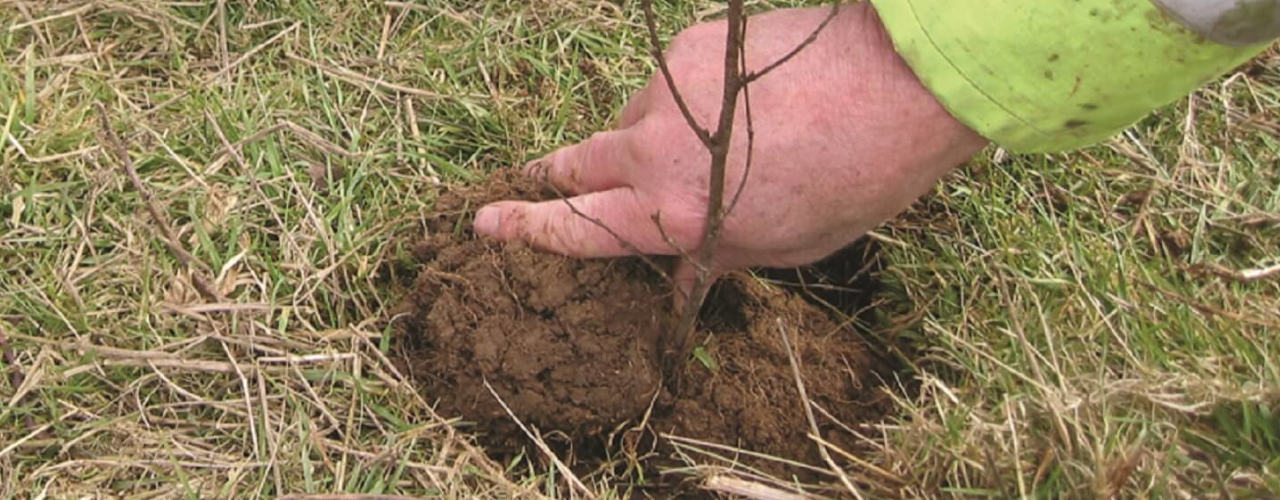
- Would involve establishing new tree species into the woodland
- Could include the planting of saplings and small sized trees (e.g. light standards) to maximise chances of establishment
- Species may require staking or animal protection (e.g. rabbit guards), depending on size and location
- Hand digging for any excavations will minimise compaction of soils and damage to neighbouring tree roots
Rationale:
- To increase the species diversity of woodland
- To reduce the overall % of dominant species on site
- Provides a wider range of food sources and habitat for insects, pollinators, small mammals and birds etc.
- Increased visual interest from increased tree species variety
When/frequency:
- Autumn-winter (non icy conditions), year 1
- Sapling planting to supplement thinning (action 3), every 5 years until a more diverse mix has been established
Where:
- Areas occupied by dominant species
5. Bulb Planting
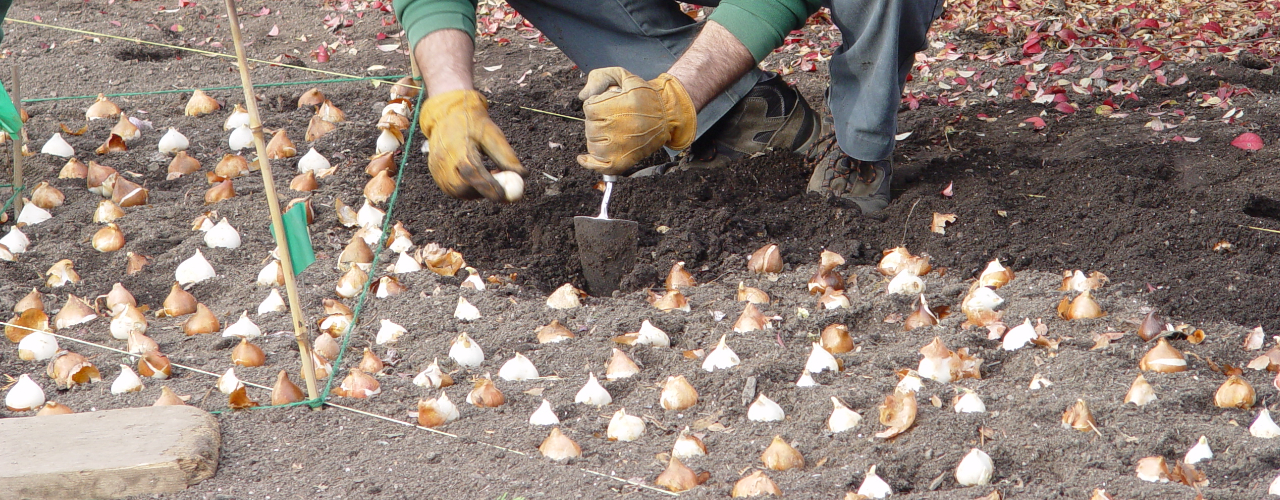
- Would involve planting bulbs in groups within the woodland
- Species selected to have some shade tolerance
- Could involve locals/volunteers in community bulb planting
Rationale:
- To provide a longer period of flowering for pollinators
- Visual interest for people
- Educational and social value when involving locals
When/frequency:
- Autumn, year 1 (for early flowering bulbs)
- Bulb planting could be repeated every 5 years if presence is no longer prominent
Where:
- Site-wide, but especially adjacent to woodland paths
6. Tree Veterenisation
- To involve damaging existing trees to form holes, crevices and cuts, in most cases without killing the tree
- Experimentation of damaging trees to be promoted to maximise variety
- Skilled work - requires a qualified arboriculturist is employed
- Can involve use of chainsaws, axes and a variety of other tools for damage variety
- To occur to only a small % of trees (<5%), with dominant species with a suitable girth prioritised
Risks:
Risks include the increased potential for trees or tree limbs to fall, potentially putting the health of people at risk. Risks may be reduced by:
- Locating any veterenisation away from pedestrian routes (or use)
- Removal of potential dangerous dangling limbs from veteranised trees
Rationale:
- To simulate habitat that may typically be found in an older, more developed woodland
- Increasing amount of dead/decaying habitat for bats, birds, deadwood invertebrates, fungi and lichens
When/frequency:
- Autumn-winter, year 1
- Could be repeated at low frequencies (eg. every 5-10 years)
Where:
- Away from pedestrian areas
- To existing dominant tree species
7. Habitat Structure Creation

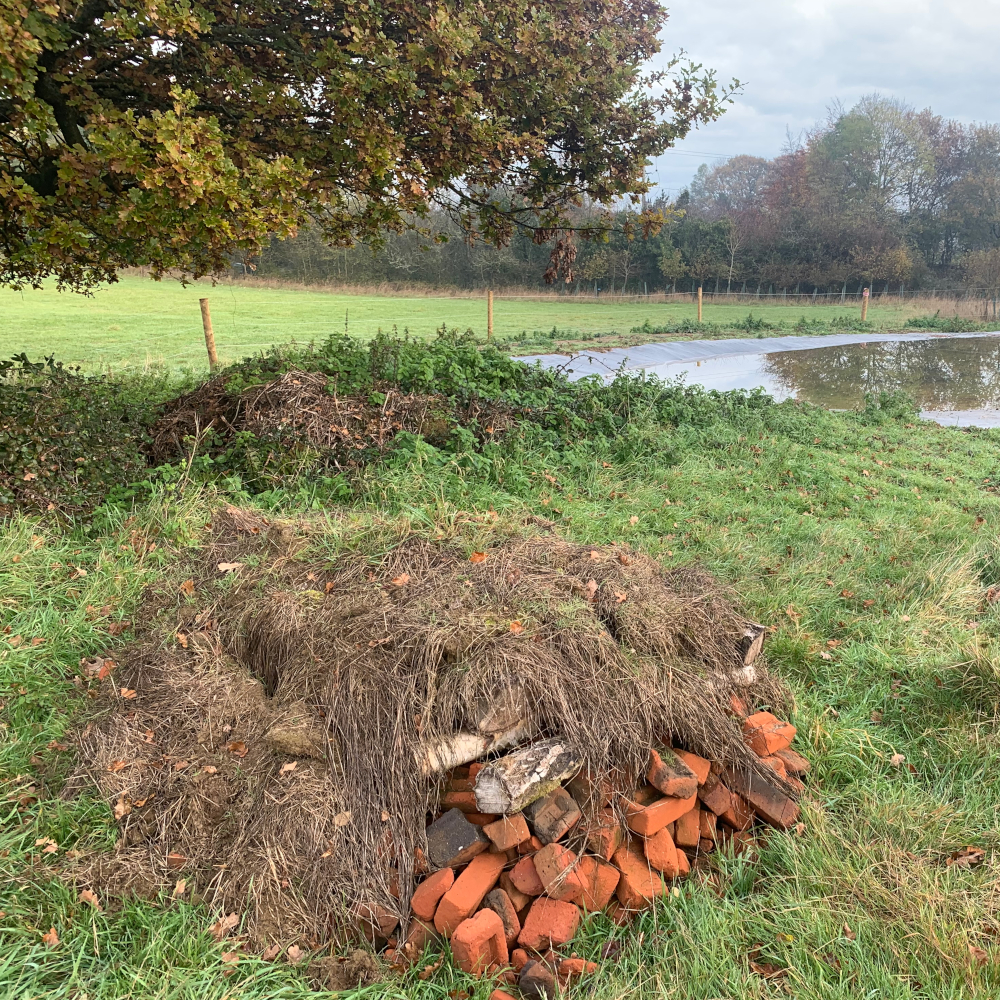
- To involve creating man-made structures to provide habitat for wildlife
- Primarily through the reuse of waste materials from site maintenance (logs, brash, coppice etc.)
- Can involve local schools and volunteers in construction - ideally led by an ecologist
- Structures can include: brash piles, vertical log piles, hibernacula, bird/bat boxes and bug hotels
Rationale:
- To provide habitat for insects, deadwood invertebrates, solitary bees, reptiles, small mammals, birds etc.
- Minimises carbon/energy used from transporting waste materials off site
- Educational and social value when involving local schools and volunteers
When/frequency:
- Winter, year 1 following coppicing/thinning
- Structures can be ‘topped up’ or built as maintenance occurs
In the next post I shall discuss potential future scenarios where perhaps certain actions have not been as effective as intended - along with some considerations and potential solutions.


